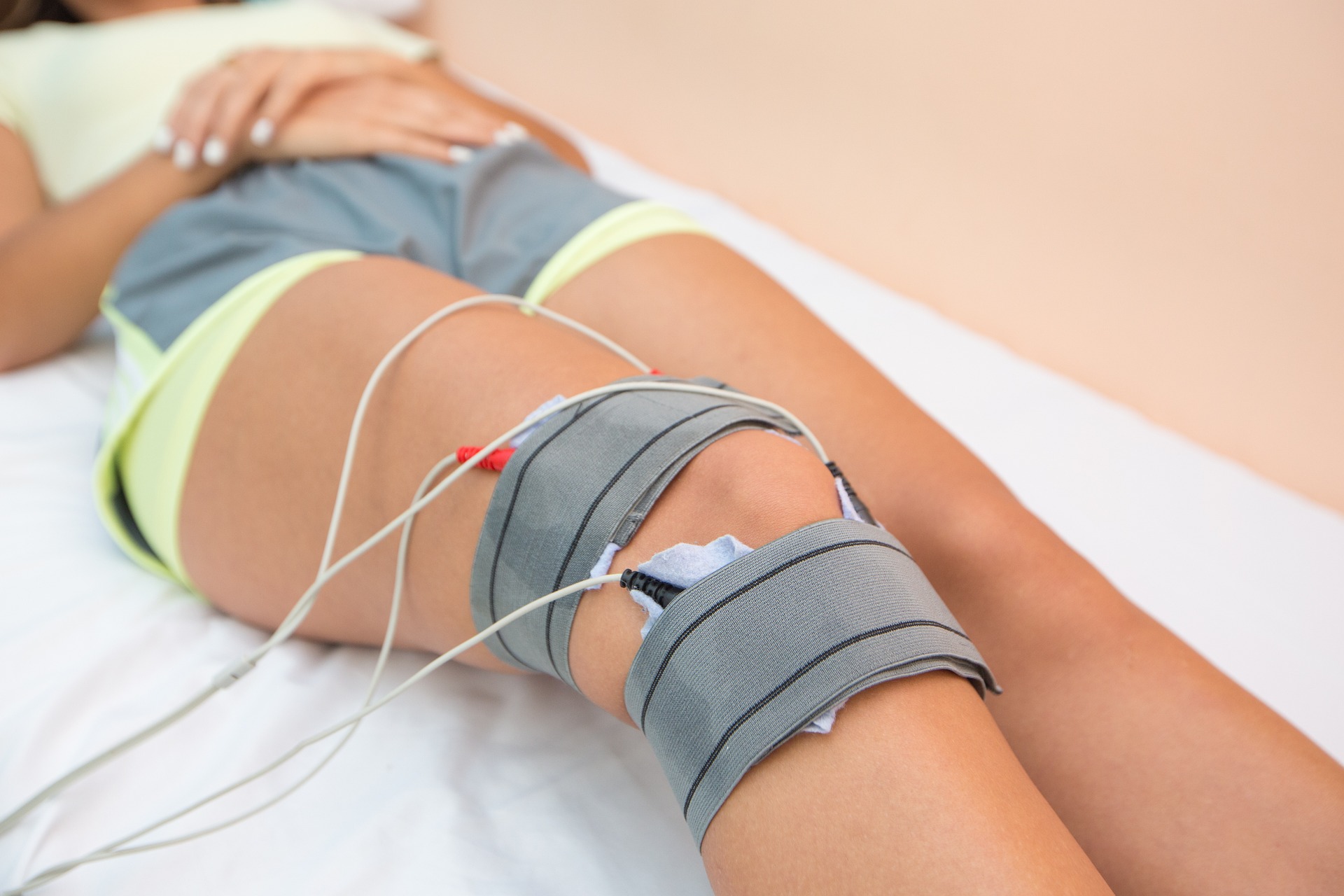Knee Pain Relief in the USA – Learn About Modern Gel Injections
In the United States, knee pain continues to affect many people due to age, injury, or physical strain. Many are exploring non-invasive treatment options that could support mobility and reduce discomfort without surgery. One such method is the use of gel injections designed to restore joint lubrication and ease movement. These treatments are increasingly available through orthopedic clinics and pain management centers across the country. Understanding how these injections work, what kind of outcomes to expect, and what factors influence effectiveness can help anyone considering this treatment make a well-informed choice. Discover how modern knee pain solutions are evolving — and what they might mean for your daily comfort and mobility.

How do gel injections work for knee pain relief?
Gel injections, also known as viscosupplementation, involve injecting a gel-like substance into the knee joint. This substance is typically made of hyaluronic acid, a naturally occurring component in joint fluid. The purpose of these injections is to supplement the synovial fluid in the knee, which acts as a lubricant and shock absorber. By doing so, gel injections aim to reduce friction between the bones, decrease inflammation, and provide cushioning to the joint.
What conditions can gel injections treat effectively?
Gel injections are primarily used to treat osteoarthritis of the knee, a condition characterized by the breakdown of cartilage in the joint. They can be particularly beneficial for patients who have not responded well to other conservative treatments such as physical therapy, weight loss, or pain medications. Additionally, gel injections may be considered for individuals with mild to moderate knee osteoarthritis who are not yet candidates for knee replacement surgery.
What is the procedure for receiving gel injections?
The process of receiving gel injections is relatively straightforward and can typically be done in an outpatient setting. First, the knee area is cleaned and may be numbed with a local anesthetic. Using ultrasound guidance for precision, the doctor then injects the gel directly into the knee joint space. The procedure usually takes only a few minutes, and patients can often return to their normal activities shortly after. Depending on the specific product used, a series of injections may be recommended over several weeks for optimal results.
What kind of results can you expect from non-invasive treatments?
Results from gel injections can vary from person to person, but many patients report significant improvements in pain levels and joint function. Some individuals experience relief within a few days of treatment, while for others, it may take several weeks to notice the full benefits. The effects of gel injections typically last for several months, with some patients reporting pain relief for up to a year. It’s important to note that while gel injections can provide substantial relief, they are not a permanent cure for osteoarthritis and may need to be repeated periodically.
Are there any risks or side effects associated with gel injections?
Gel injections are generally considered safe, but like any medical procedure, they come with potential risks and side effects. The most common side effects include temporary pain, swelling, or stiffness at the injection site. In rare cases, more serious complications such as infection or allergic reactions may occur. It’s crucial for patients to discuss their medical history and any concerns with their healthcare provider before undergoing treatment to ensure it’s the right option for their specific situation.
Where to find knee pain treatments across the USA?
Gel injections for knee pain relief are widely available throughout the United States. Many orthopedic specialists, rheumatologists, and pain management clinics offer this treatment. To find a provider in your area, consider the following options:
| Provider Type | Services Offered | Key Features/Benefits |
|---|---|---|
| Orthopedic Clinics | Comprehensive knee evaluations, gel injections, follow-up care | Specialized expertise in joint health |
| Pain Management Centers | Various pain relief treatments including gel injections | Focused on minimizing discomfort and improving quality of life |
| Sports Medicine Facilities | Injury assessment, gel injections, rehabilitation services | Tailored approach for active individuals |
| Rheumatology Practices | Arthritis management, gel injections, ongoing care | Expertise in inflammatory and degenerative joint conditions |
When seeking treatment, it’s advisable to consult with your primary care physician for a referral or to research reputable clinics in your local area. Many healthcare providers now offer telemedicine consultations, allowing you to discuss your symptoms and treatment options before scheduling an in-person appointment for the actual injection procedure.
In conclusion, gel injections represent a promising non-invasive treatment option for those suffering from knee pain, particularly due to osteoarthritis. By understanding how these injections work, what to expect from the treatment, and where to find qualified providers, individuals can make informed decisions about their knee health. As with any medical treatment, it’s essential to consult with a healthcare professional to determine if gel injections are the right choice for your specific condition and circumstances.
This article is for informational purposes only and should not be considered medical advice. Please consult a qualified healthcare professional for personalized guidance and treatment.




